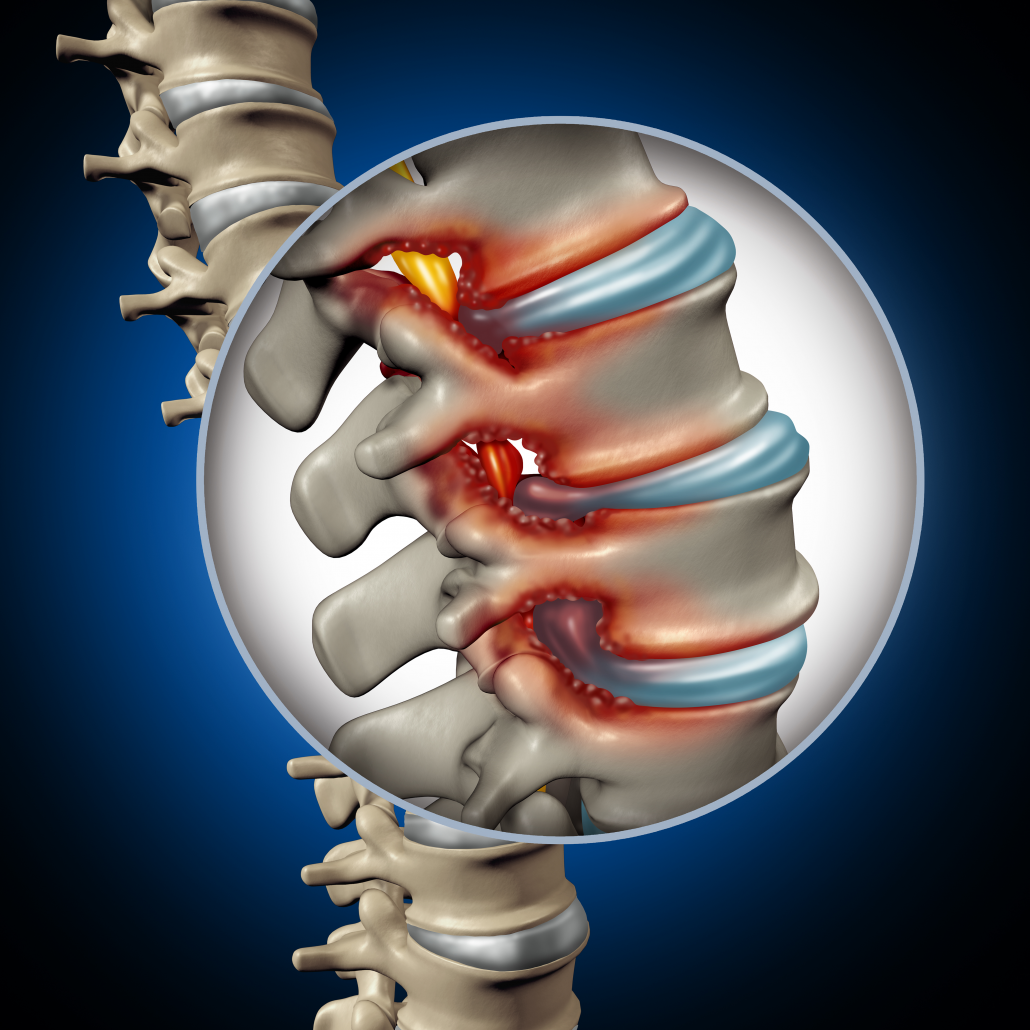Experiencing pain can be an overwhelming journey that affects every part of everyday living. Whether it is it is the sharp sting of an injury, the dull ache of arthritis, or the ongoing pain of chronic conditions, finding effective relief is a key concern for those suffering. Pain management therapies and interventions are designed to tackle a broad spectrum of pain issues, offering clients a diverse array of choices to restore their quality of life. Understanding the details of pain management can enable individuals to manage over their health.
In this extensive guide, we will explore what pain management entails, the diverse categories of pain and their therapies, and how pain clinics approach the compounding aspects of pain. From standard approaches like rehabilitation and pharmaceuticals to novel therapies such as stem cell therapy, there are various methodologies to consider. We will also touch on the role of personal habits, integrative strategies, and emerging techniques that can lead to considerable improvements in pain relief. By understanding these services, patients can select appropriately and partner with healthcare providers to develop the best pain management strategy tailored to their unique needs.
Understanding Discomfort and Its Categories
Pain is a complex and subjective experience that can vary significantly from person to patient. It serves as an crucial indicator to the system that some issue may be amiss, leading people to pursue help or modify actions. Grasping pain is important in dealing with it properly, as it can emerge from multiple causes and appear in multiple forms. The feeling of discomfort may be shaped by physiological, emotional, and psychological factors, making it essential to consider the whole person when managing their discomfort.
There are two primary classifications of suffering: acute and chronic. Acute suffering is usually short-lived and most commonly results from a specific injury, illness, or medical procedure. It generally resolves as the fundamental cause recovers, signaling the system's restoration process. On the other hand, long-lasting suffering persists beyond the normal restoration time, continuing for months, periods of time, or even an extended period. It can stem from various issues, including arthritis, fibromyalgia, or persistent migraines, and usually requires a greater multifaceted approach to management.
Additionally, pain can be categorized based on its origin. Tissue-related discomfort arises from injury to tissue tissue, such as cuts, scalds, or swelling, and is generally specific. In contrast, neural pain occurs due to neurological dysfunction or dysfunction, typically resulting in sensations like pins and needles, burning, or shooting pain. By grasping these various forms of discomfort, patients can more successfully express their feelings to healthcare professionals and explore appropriate treatment approaches tailored to their specific needs.
Capable Discomfort Management Strategies
Efficient pain relief requires a comprehensive approach adapted to the individual's specific type of pain and underlying condition. One key strategy is the use of a blend of treatments that may include physical therapy, medications, and lifestyle modifications. Regular consultations with pain control specialists can help create a personalized treatment plan, ensuring that multiple avenues are explored for alleviating pain. This integrative approach can enhance success while reducing reliance on medications alone.
Another important strategy involves the integration of alternative therapies. Practices like acupuncture, bodywork, and stretching have gained acceptance for their potential to relieve pain and improve functionality. These therapies can supplement traditional medical treatments by addressing pain through various methods, thereby fostering a broader response to pain management. Additionally, awareness and relaxation techniques can be helpful, emphasizing the mind-body connection and reducing anxiety, which is often a contributor to suffering.
Behavioral adaptations also play a essential role in pain management. Maintaining a balanced diet, engaging in regular physical activity, and prioritizing sleep can significantly impact levels of discomfort and overall wellness. Anti-inflammatory diets, for instance, can reduce inflammation that contributes to long-term discomfort, while consistent physical activity has been shown to increase endorphin levels, providing natural pain relief. By embracing these strategies, individuals can gain a higher sense of control over their pain and improve their quality of life.
Cognitive and Daily Living Approaches to Pain Relief
Mental techniques play a crucial role in managing pain, particularly when it comes to long-term conditions. https://painmdhouston.com/ is one of the most effective approaches, helping patients detect and alter harmful thought patterns that can intensify their pain experience. By mastering adaptive strategies and stress reduction methods, individuals can reduce the perception of pain and enhance their mental resilience. Blending these practices into everyday routines can empower patients to take control over their discomfort and emotional well-being.
Health modifications are just as important for pain management. Regular exercise, even in gentle ways, can significantly benefit to both physical and mental health. Engaging in activities like strolling, water exercises, or mindfulness movement helps build muscles, improve flexibility, and trigger natural pain relievers, the body's organic pain relievers. Maintaining a healthy eating plan rich in foods that reduce inflammation can also aid overall health and reduce pain levels. Minor changes in daily habits, such as ensuring adequate rest and maintaining hydration, can lead to noticeable improvements in pain perception and quality of life.

Mindfulness and calming practices are invaluable tools for boosting pain relief. Practices such as mindfulness meditation, controlled breathing, and progressive muscle relaxation can help reduce stress and anxiety, which are often associated to amplified pain sensitivity. By fostering a state of awareness and calm, individuals can develop a more favorable mental environment to cope with pain. Adding these techniques into a regular routine can not only lessen discomfort but also promote a greater sense of well-being and well-being.
